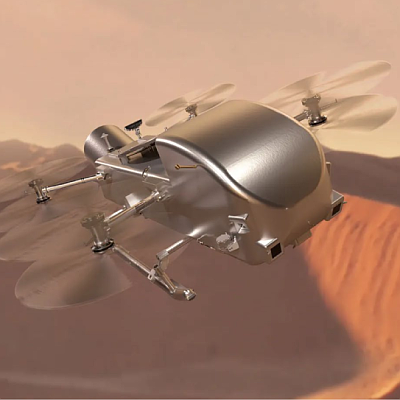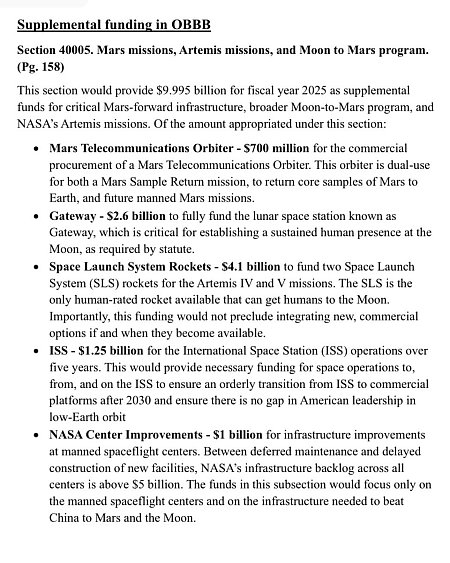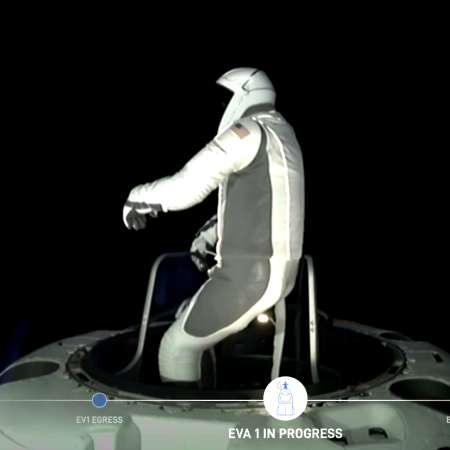FAA lifts airline and rocket launch restrictions
The Federal Aviation Administration (FAA) earlier today announced it is lifting the restrictions on airline traffic as well as rocket launch limitations imposed due to the government shutdown.
The change will go into effect 6 am (local time) on November 17, 2025.
The restrictions had limited flights out of 40 major airports across the country. Normal flight schedules should resume tomorrow. For rockets, this means launches can once again take place at any time of the day. The restrictions had placed a curfew on any launches from 6 am to 10 pm local time.
The press release included this intriguing tidbit:
The FAA is aware of reports of non-compliance by carriers over the course of the emergency order. The agency is reviewing and assessing enforcement options.
If the FAA does anything to penalize any airline or rocket company it would be a very typical example of government pettiness. But then, I have learned never to expect anything better from bureaucracies.
The Federal Aviation Administration (FAA) earlier today announced it is lifting the restrictions on airline traffic as well as rocket launch limitations imposed due to the government shutdown.
The change will go into effect 6 am (local time) on November 17, 2025.
The restrictions had limited flights out of 40 major airports across the country. Normal flight schedules should resume tomorrow. For rockets, this means launches can once again take place at any time of the day. The restrictions had placed a curfew on any launches from 6 am to 10 pm local time.
The press release included this intriguing tidbit:
The FAA is aware of reports of non-compliance by carriers over the course of the emergency order. The agency is reviewing and assessing enforcement options.
If the FAA does anything to penalize any airline or rocket company it would be a very typical example of government pettiness. But then, I have learned never to expect anything better from bureaucracies.









